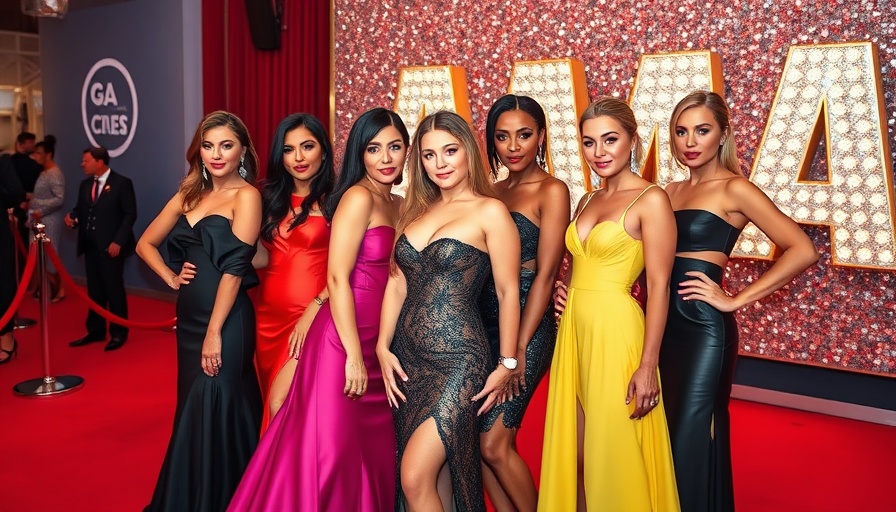
The Rise of TikTok Dances as Cultural Phenomena
The lawsuit filed by TikToker Kelley Heyer against Roblox highlights an interesting intersection of social media, intellectual property, and digital gaming. Since its inception, TikTok has transformed how users create and share dance trends, allowing everyday individuals to achieve viral fame overnight. The success of Heyer's dance to Charli XCX's "Apple" not only illustrates this phenomenon but also brings to the forefront questions regarding ownership and consent in the realm of digital content.
Legal Realities: Protecting Creative Expressions Online
Heyer's legal battle raises significant awareness about the rights of content creators in the digital space. In recent years, cases surrounding intellectual property, especially regarding music and choreography, have gained traction. Similar to the music industry, where artists often seek royalties for samples, dancers such as Heyer might pursue legal action for unauthorized use of their routines. Legal experts emphasize that understanding copyright laws is essential for creators who wish to safeguard their work.
The Role of Platforms in Content Distribution
Roblox, like many digital platforms, thrives on user-generated content. However, as platforms expand, they must also navigate complex copyright landscapes. The case of Heyer and Roblox could prompt other gaming and social media companies to reassess their policies regarding user-generated content. Will this lead to more restrictive policies, or will these platforms adapt to empower creators?
Charli XCX’s Influence and the Social Dynamics of Virality
Charli XCX's decision to incorporate Heyer's dance into her live performances illustrates the powerful synergy between social media influencers and established artists. This collaboration not only showcases the dance’s popularity but also highlights how viral content can bridge gaps between different entertainment worlds. Various artists on platforms, from TikTok to Roblox, are now leveraging viral trends as means to engage their audiences, creating a feedback loop that benefits all parties involved.
The Future of Dance and Digital Media
As more artists and influencers embrace viral trends, the future of choreography could evolve into a more collaborative space. Heyer’s situation might set a precedent for how digital dances are treated legally and culturally. As a growing market for virtual performances and digital content emerges, creators need to advocate for adequate protections while remaining adaptable to changing landscapes.
What This Means for Future Content Creators
As the landscape continues to shift, future content creators should remain vigilant about their rights and the importance of seeking permission before their work is utilized by others. Creating and maintaining unique and original content will become increasingly crucial in a world that constantly demands novelty. Moreover, for aspiring dancers and creators looking to go viral, understanding the nuances of copyright law can fortify their position in this rapidly changing sector.
Engagement in Ongoing Conversations About IP and Content
This lawsuit serves as a catalyst for broader discussions about digital ownership rights. Followers of social media trends, especially younger audiences, should engage in these conversations, considering the implications of technology and IP laws on their creative freedoms. Equity in the digital landscape must be pursued diligently to foster an environment where creativity and innovation can flourish.
 Add Row
Add Row  Add
Add 



Write A Comment